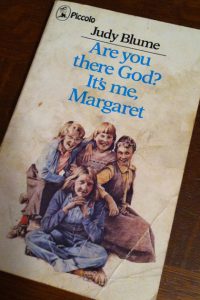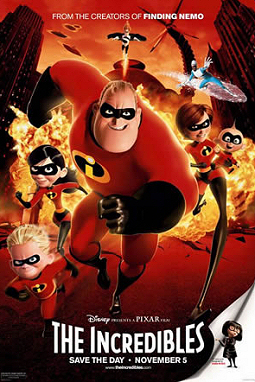
Lego Menorah by Elijah, flickr.com.
Santa Barbara’s Hanukkah festivities began a new way Tuesday night, when many families gathered at La Cumbre Plaza to build a six-foot-tall menorah out of Legos.
Young and old alike had a great time celebrating by lighting the candles for the first night of Hanukkah, playing the dreidel game to earn chocolate coins or gelt, and eating traditional foods like latkes and doughnuts.
Both latkes (potato pancakes) and doughnuts are eaten on Hanukkah because they are fried in oil, which symbolizes the miracle of the oil found in a lamp in a decimated temple. It seemed to be only enough to burn for one night yet, miraculously, it burned for eight days. This is why the menorah is lighted for eight nights and Hanukkah is also known as the Festival of Lights.
Throughout the eight-day holiday, families play the dreidel game and eat traditional foods. Most families also exchange gifts, although in some families, only the children receive presents.
“We celebrate Hanukkah by lighting the candles each night, singing the traditional songs and reading books. Of course, there is always a little gift attached to the celebration. Mostly, it is just being together and enjoying this very festive holiday,” said Shaunah Smith.
With so many mixed marriages, many families create their own, modified versions of the Hanukkah celebration.
Tisha Levy was raised a Catholic, but her husband is Jewish and they are raising their two sons to be Jewish. When Hanukkah comes around she decorates her entire house in blue and white, including a tree with only Hanukkah ornaments. “We have this Merry Hanukkah Troll doll on the top,” she laughed.
Her sister also made her a stunning silver wreath with blue glass dreidels and Jewish stars, which decorates her front door each December.
Like most families, every night the Levys light the candles and say the Hanukkah prayers. “It’s really interesting to try to teach the kids not to blow out the candles (like birthday candles),” she said. She also reads Hanukkah books to her sons, like “My Merry Hanukkah” and “Jalapeño Bagel.”
Other popular children’s titles include “A Confused Hanukkah;” “Hanukkah, oh Hanukkah;” “Spin the Dreidel;” and “Papa’s Latkes.”
Levy noted there actually are some positive aspects to Hanukkah becoming a more commercial holiday. “My mother-in-law told me when her kids were growing up it was really hard-to-find Hanukkah wrapping paper and toys and books and stuff,” she said.
That’s certainly not the case anymore.
To join in the Hanukkah celebration and learn more about the traditions, why not participate in some of these free, upcoming events:
Erev Shabbat/Hanukkah with the Congregation B’nail B’rith Band Friday, 7- 8:15 p.m.; Congregation B’nai B’rith, 1000 San Antonio Creek Road; 964.7869 x16.
Hanukkah Children’s Book Reading Sunday, 10-11:30 a.m.; Borders, 7000 Marketplace Drive; 683.1544.
Family Hanukkah Celebration and Concert featuring storyteller Michael Katz Sunday, 4-5:30 p.m.; Congregation B’nai B’rith, 1000 San Antonio Creek Road; 964.7869 x16.
=
Rolling the Dreidel
Playing the dreidel game is a lot of fun for children of all ages. The four letters that appear on the four corners of a dreidel allude to the miracle of Hanukkah. They spell out Nes (N-miracle), Gimel (G-great), Hay (H-happened) and Shin (S-there, meaning in Israel).
To begin the game, each player should have about 20 items (chocolate coins, or gelt, peppermint candies, chips, etc.).
Each person puts one piece of candy in the middle of the table. Then each person takes a turn at spinning the dreidel. The Hebrew letter on each side of the dreidel tell you what to do:
= If you roll a Nun you neither pay nor gain anything.
= If you roll a Gimel you win everything.
= If you roll a Hay you win half.
= If you roll a Shin you lose everything.
When only one piece of candy or no candy is left in the middle each player adds another piece of candy. When a player has all the candy, that person wins!
To play online visit www1.sbchabad.org/holidays/chanukah/Games/dreidel/default.asp
Originally published in South Coast Beacon on December 9, 2004.

 Are you there God? It’s me Leslie (or Andrea, or Susie or Jacqueline …).
Are you there God? It’s me Leslie (or Andrea, or Susie or Jacqueline …). Our Leslie Dinaberg sure gets animated when it comes to fantasizing about superpowers
Our Leslie Dinaberg sure gets animated when it comes to fantasizing about superpowers